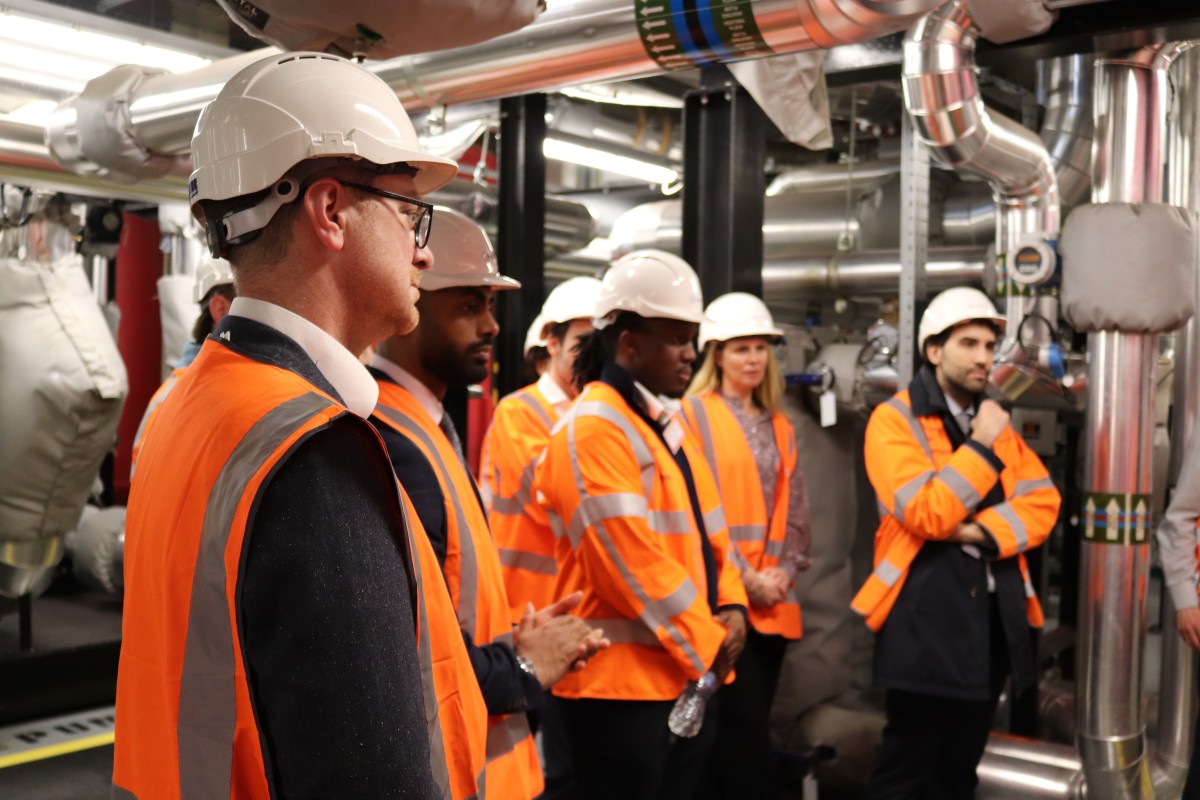Distribution network operator UK Power Networks has developed a new system for forecasting how to heat our homes whilst cooling our carbon footprint.
Decarbonising heat is one of the biggest opportunities in helping the achieve the UK’s journey to net zero. Currently, heat networks make up just 3% of the country’s heating demand, but this is set to rise sharply to 20% by 2050.
Moving from fossil fuels to electrified heat networks (which deliver heating and hot water from a central energy source) should not only play a key role in cutting carbon emissions but will also put new demands on electricity infrastructure.
To better understand and plan for this change, UK Power Networks has joined forces with Arup, Environmental Resources Management, and Bring Energy (who own and operate the East London Energy Distribution Heat Network) to launch a new project, HeatScape.
This programme will map where heat networks exist today, predict where they’re likely to grow, and estimate how much electricity they’ll need under different scenarios.
Building on the earlier Flex Heat Networks initiative, HeatScape combines datasets, advanced modelling, and real-world insights to give a detailed picture of how electrified heat networks will interact with the grid.
By integrating this information into UK Power Networks’ Strategic Forecasting System, the project should enable more informed decisions on how to prepare and adapt the electricity network for the future.
The initiative will also explore more flexible management of heat networks, with one example being using thermal storage to reduce peak electricity demand.
HeatScape will work with Bring Energy’s customers to explore their interest in energy flexibility, as well as support the adoption of low-carbon technologies, helping to accelerate the transition to cleaner energy systems.
Luca Grella, Head of Innovation at UK Power Networks, comments, “Decarbonising heat is one of the biggest opportunities we have to create a cleaner, more efficient energy future.
“With HeatScape, we’re taking a proactive approach, working with our partners to understand where heat networks will grow and how they’ll interact with the grid.
“By combining data, modelling, and customer insights, we can plan smarter, reduce costs, and make sure the transition to low-carbon heating benefits everyone.”
Stephen Hutchins, Concession Director at Bring Energy, adds, “As operators of East London Energy, one of the UK’s largest heat networks, Bring Energy sees first hand the importance of forward-looking, data-driven planning in the shift to low-carbon heat.
“HeatScape will give us a clearer picture of how and where heat networks are likely to grow, and what that means for our electricity infrastructure.
“We’re excited to be partnering with an industry leader in innovation like UK Power Networks to explore new ways to make heat networks more flexible, including smarter use of thermal storage.
“We believe this collaborative project will help accelerate the transition to cleaner, more efficient energy systems for communities across the UK.”
For more from UK Power Networks, click here.



